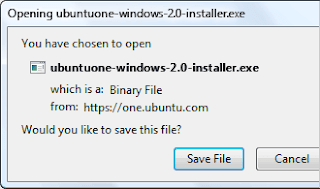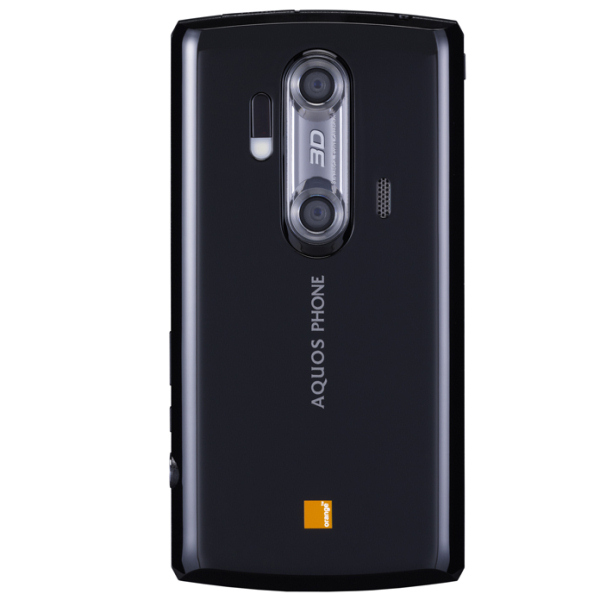Sony Tablet S, one of the latest devices to be unveiled to the world with Google's Android Honeycomb operating system on board, is now available for pre-order in Australia, via the company's own website.
Sony has just added Tablet S to its Australian website in two different flavors, differentiated by the amount of internal memory, namely 16GB and 32GB. Both devices sport only WiFi connectivity capabilities.
The Sony Tablet S 16GB (Wi-Fi) arrives on shelves with a price tag of $579 (around $565 USD/ 417 Euros) attached to it.
At the same time, Sony lists the 32GB model as available for pre-order for a bit more, at $689 AUD (about $673.35 USD / 500 Euros).
Both device models are available on Sony Australia's website here. Those who will access the said webpage will also observe that the tablets can be purchased with a free Bonus Cradle valued at RRP$69. Pre-orders will end on 19th October, 2011.
Running under Google's Android 3.2 Honeycomb operating system and featuring a 9.4-inch TruBlack touch-screen display, the Sony Tablet S could easily prove a nice option for any user out there.
The new device also comes to the market with a smooth touch experience with “Quick View” and “Quick Touch,” and with a series of games for PlayStation Certified devices installed on it.
Sony also packed it with a fast 1 GHz dual-core NVIDIA Tegra 2 application processor, complemented by 1 GB of RAM, WiFi IEEE 802.11b/g/n, Bluetooth connectivity, microSD memory card slot, a 5 Megapixels photo snapper and a front camera for video calling, and the like.
“Imagine all of Sony’s expertise integrated to fit perfectly in your hand. A tablet that streams over 7 million songs from a global catalogue, downloads the latest movies from Sony Entertainment Network, is PlayStation Certified for the best gaming experience and acts as a universal remote control,” the vendor notes.



 9/30/2011 10:41:00 PM
9/30/2011 10:41:00 PM
 dannzfay
dannzfay










































